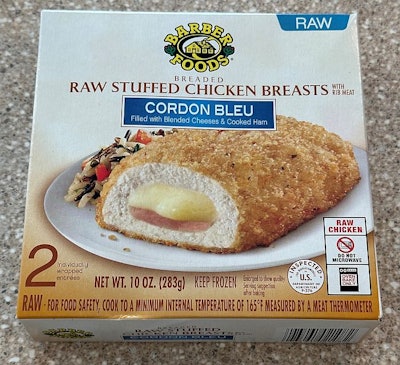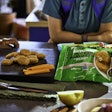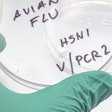
Raw.
Breaded raw stuffed chicken breasts with rib meat.
Raw chicken. Do not microwave. Oven bake only.
Raw. For food safety, cook to a minimum internal temperature of 165° measured by a meat thermometer.
This isn’t a new poem I’ve composed for you. This is what consumers read when they pick up an average box of raw, stuffed chicken breast product.
I can’t remember the exact place where I heard it during my travels, but as someone once asked a U.S. Department of Agriculture (USDA) representative speaking at an event: “How much clearer does it have to be?”
Adulterant
In August 2022, the USDA’s Food and Safety Inspection Service (FSIS) made a surprising decision to declare Salmonella as an adulterant in certain types of breaded and stuffed raw chicken products. These are commonly sold as a cordon bleu or chicken kiev.
According to the USDA Food Safety Inspection Service (FSIS), breaded and stuffed raw chicken products will be considered adulterated when they exceed the limit of one colony forming unit of Salmonella per gram. This is a low limit that could in effect suppress the market’s desire to make and sell these products.
It’s raw
Shortly after this announcement, I saw a presentation from someone representing the USDA FSIS and he walked through the rationale behind it. During the Q&A session, one woman spoke up and frankly pointed out the product is labeled as raw and consumers receive multiple food safety warnings on the package.
He replied that some consumers are going to microwave it anyway, so the product can present a food safety risk. While this is a frustrating answer, it does represent the agency’s position.
The regulators see how a consumer could think its fully cooked and safe to eat. The USDA says the products are associated with more than 200 foodborne illnesses since 1998.
From the FSIS’ standpoint, it’s easier to stop the products from going out on the market than it is to keep consumers from preparing them.
Home trial
The cordon bleu could get clipped over this issue, so I decided to see for myself what the argument is about. I purchased a two-piece package of Baber Foods’ (the package said AdvancePierre, a Tyson Foods Inc. property) and cooked it while documenting the container.
On the front and back of the package, consumers see the word raw constantly. Four times on the front. Three times on the back. They are told not to microwave the product and only cook it in an oven. The sides of the box even say raw.
Just to be sure, the plastic packaging containing each piece of chicken is wrapped with a red and white wrapper that, again, says: “Raw. Do not microwave.” Along with cautionary symbols and detailed cooking instructions.

From the box to the wrapper, the consumer is educated on how to cook the product safely. (Austin Alonzo)
Seriously
There are plenty of people living the U.S. who don’t speak English as a first language. There are also a fair amount of people who cannot read. Of course, there are some who will simply not read or follow the instructions no matter what.
Beyond that, I must agree with the woman. It’s very clear and obvious the product is not safe to microwave or to eat as is. Great lengths are taken to ensure the product is prepared correctly.
How much clearer does it have to be?


















